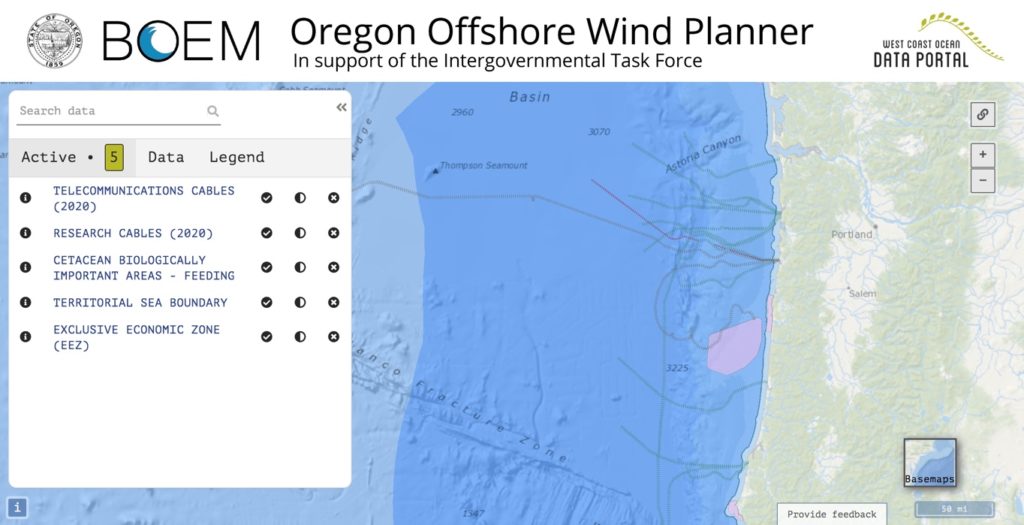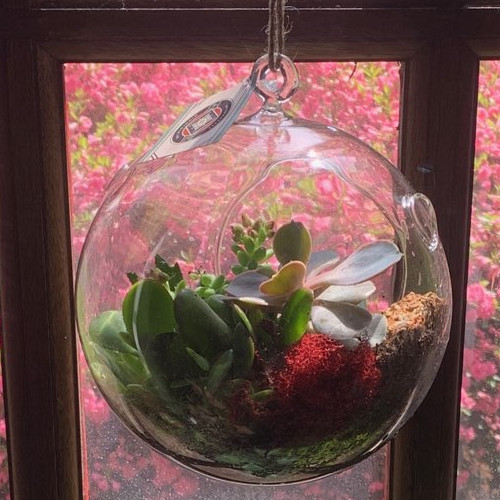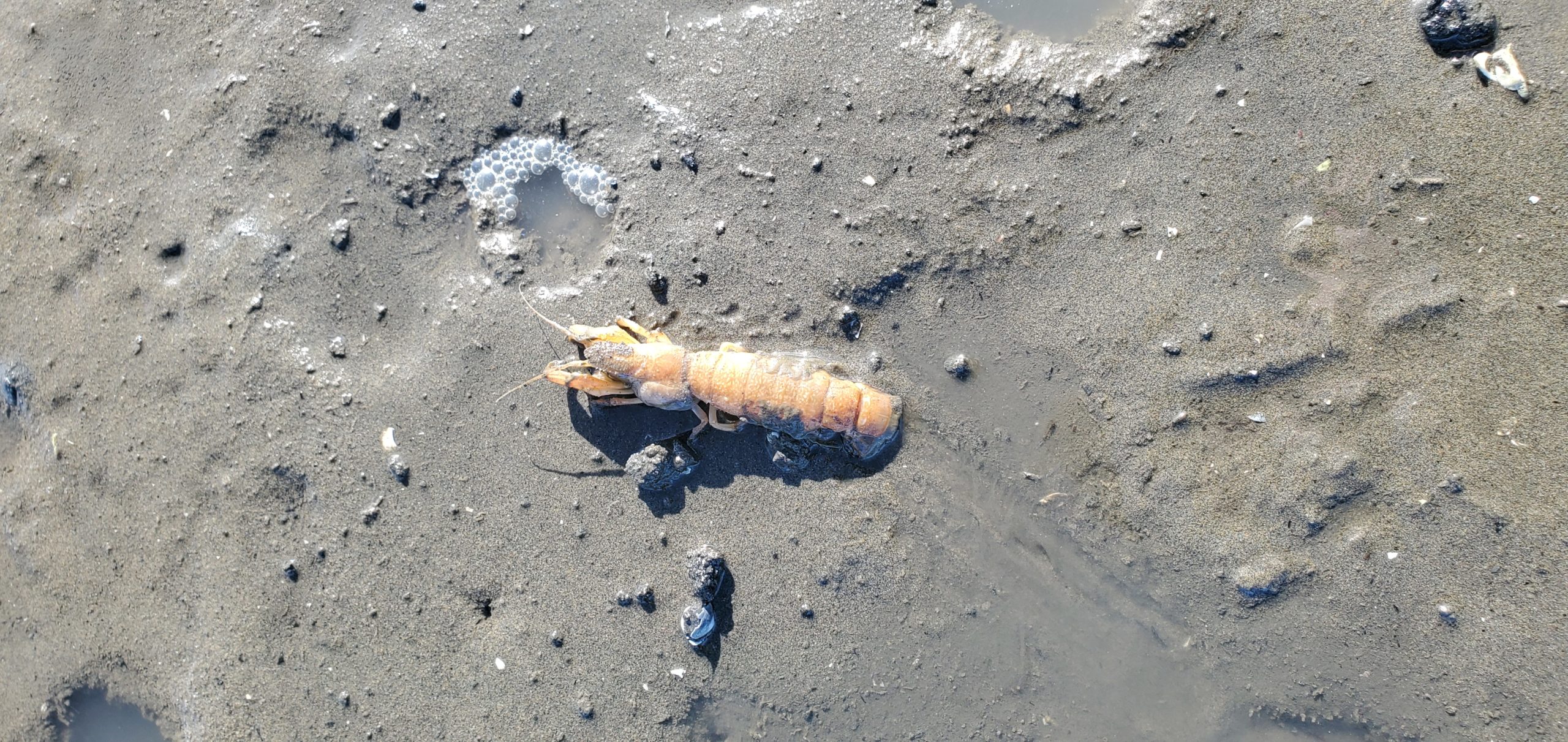My Summer Project
This summer I am working with the Haystack Rock Awareness Program (HRAP) in Cannon Beach, Oregon. My research consists of understanding how the granting of Marine Garden status to Haystack Rock has affected the community. To do this, I will be communicating with a few different interest groups. This includes visitors to Haystack Rock, business owners, the local government, and residents of the area. I am also doing some research into the history of Haystack Rock and how these protection measures came about. This will be used to create a model for other coastal areas to follow that want to enact similar protections.
First Few Weeks on the Job
In the last couple of weeks, I have been developing different ways that I will interact with my study’s interest groups virtually to obtain data. So far, I have written two surveys; one for visitors of Haystack Rock and another for business owners in the area. The surveys will hopefully lend some information into what people think about HRAP and where our community connections could be strengthened.
Daily Routine During COVID-19
I like to start my day by going for a run (if I can get myself up early enough!). Then I usually work for a few hours by reading up on HRAP’s history and looking for other sources of info. After that, I will usually meet with some of HRAP’s partners or continue to develop survey questions. I like to vary what I do and make sure to give myself breaks if I need them.
Do you work 8 hours straight?
I don’t usually work eight hours straight; I like to take breaks! I always feel I do my best work if I’ve had some time to relax and refresh.
Do you multi-task?
I like to listen to music while I work, but usually whatever I’m working on has my full attention.
Do you have “coffee” with colleagues/co-workers/other interns?
I attended a coffee break with the OCOIN interns Angela, Jenna, and Em last week! It was great to catch up and see how everyone was doing.
How often do you check in with your supervisor?
My supervisor and I meet every Friday to wrap up the week and discuss progress on the project. We also chat about the upcoming week and how we will prepare.
How do you stay motivated?
Definitely communicating with others! I really enjoy talking with other Sea Grant fellows, HRAP’s partners, and others in the industry. Hearing what they have to say always helps give me a big picture of the work we’re doing and why it’s important.
What is one downside to your COVID-19 work routine?
I really miss the in-person experience of being with co-workers and colleagues. Sometimes other people’s energy can help fuel my own in the work environment and it is hard without that.
What is one upside to your COVID-19 work routine?
Since my project is being done from home, I have had to be a lot more intentional about reaching out to people and networking. For someone who is just starting out in their professional career it is a lot less intimidating to network with people remotely! It has been a great start and will help me ease into in-person networking in the future.
Thanks for reading!











